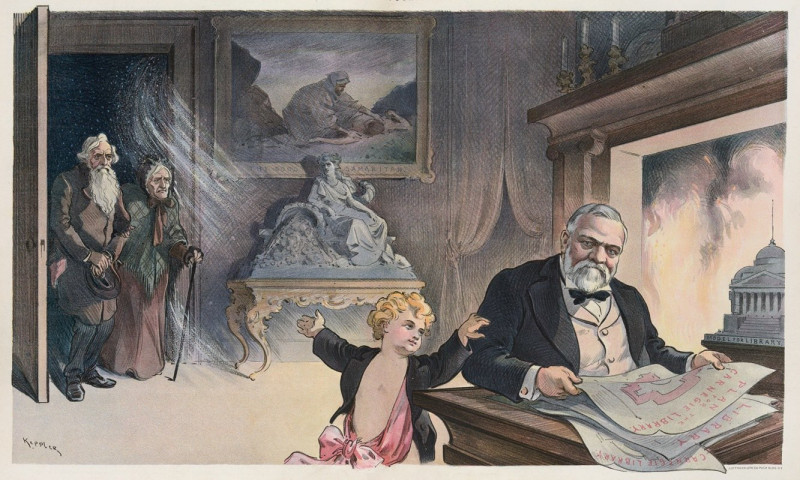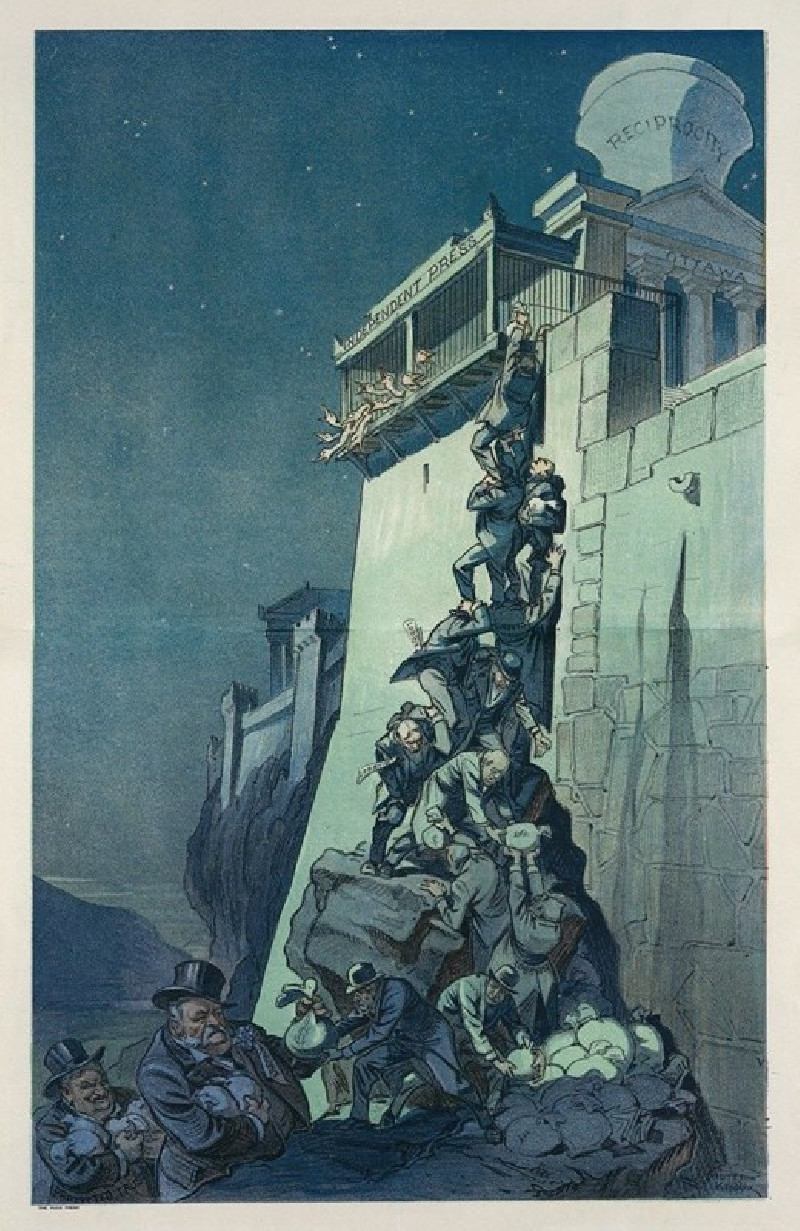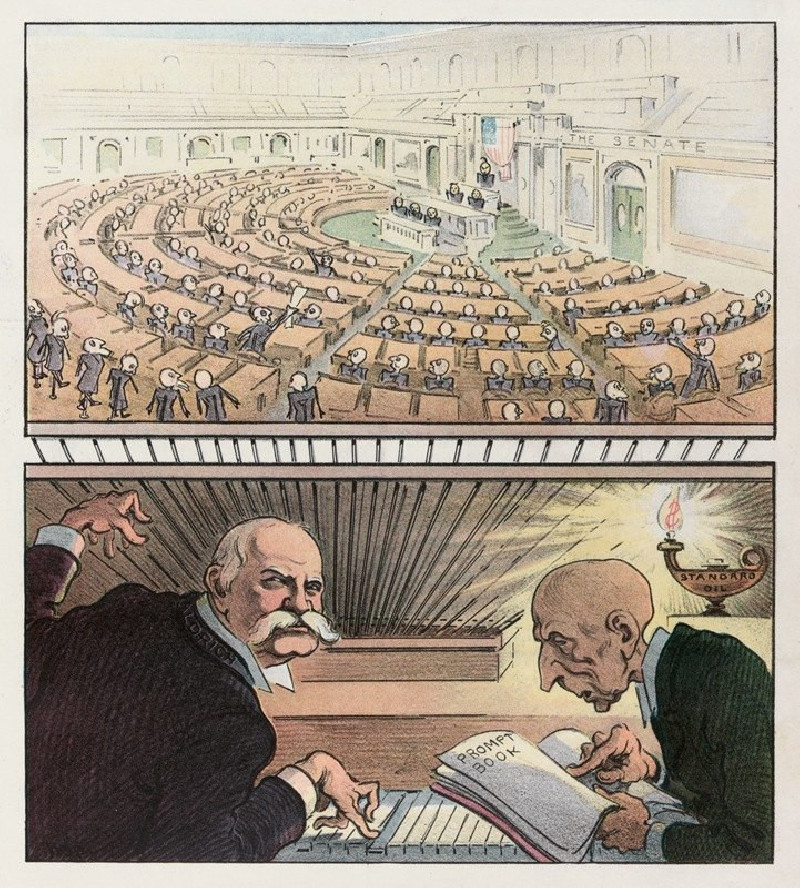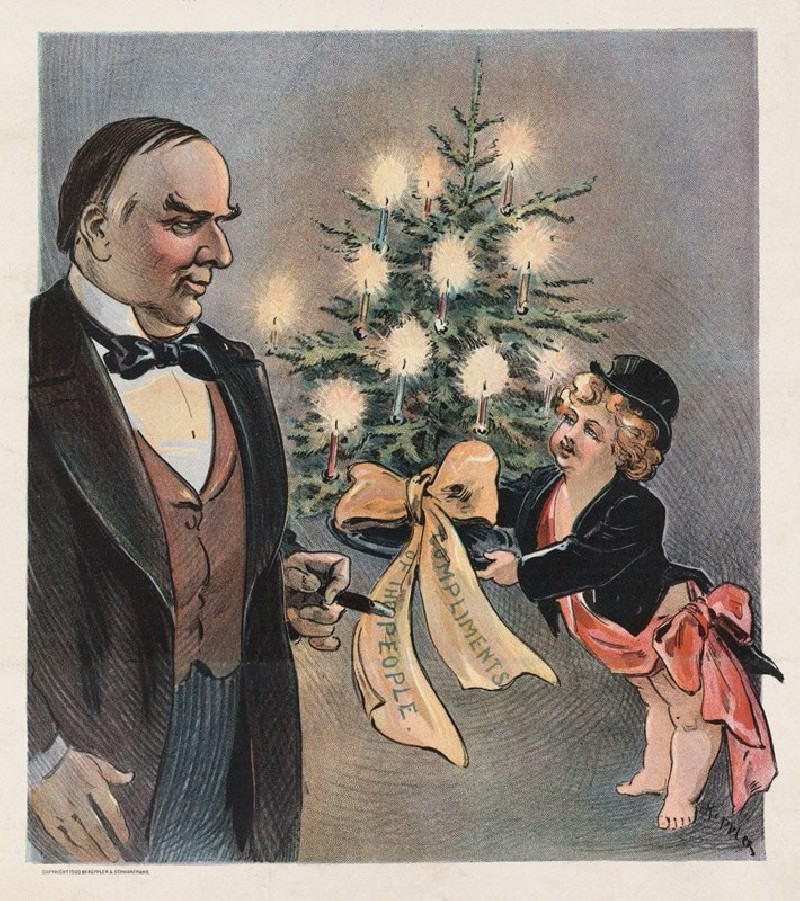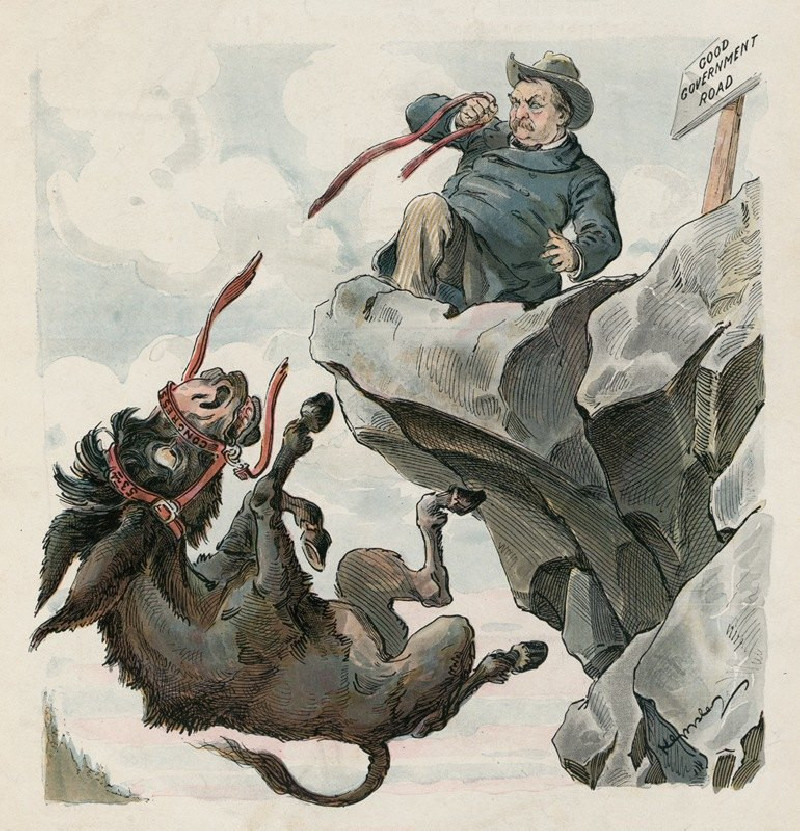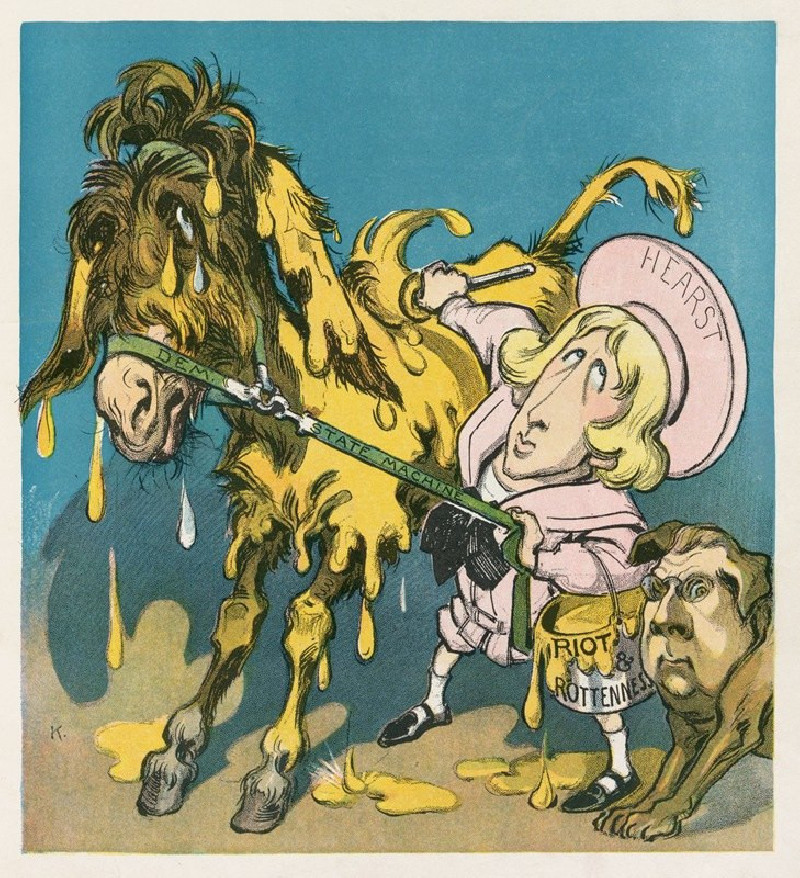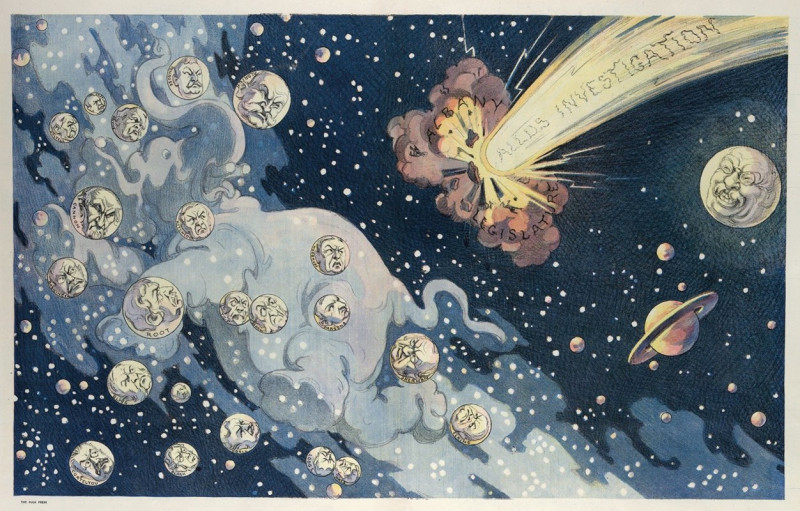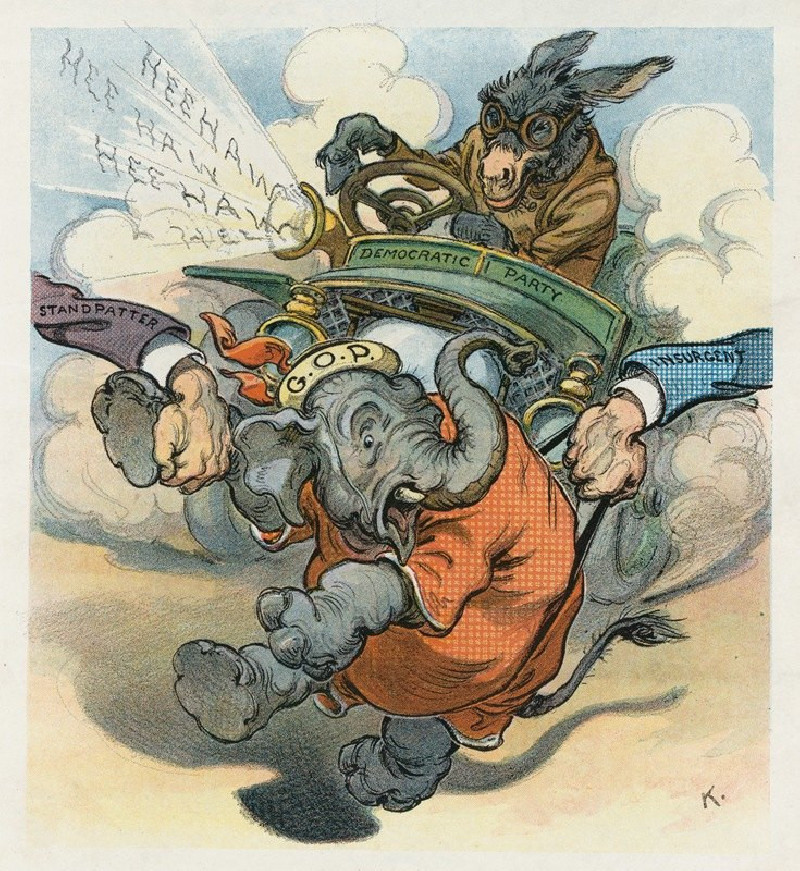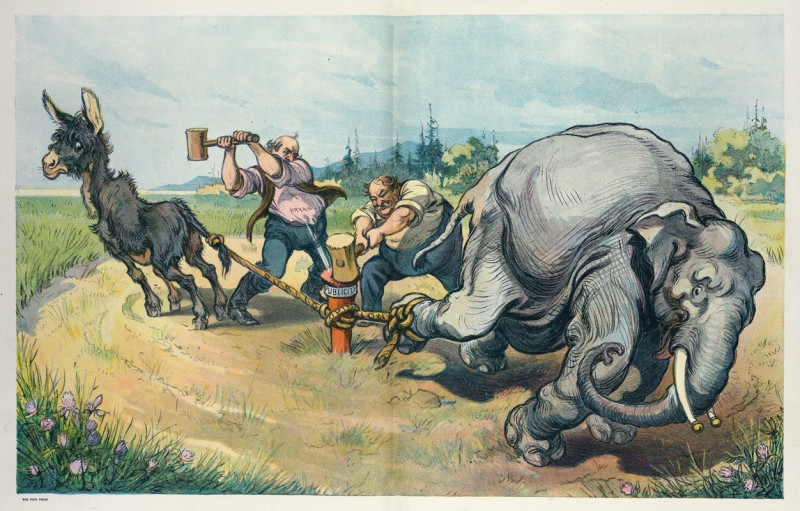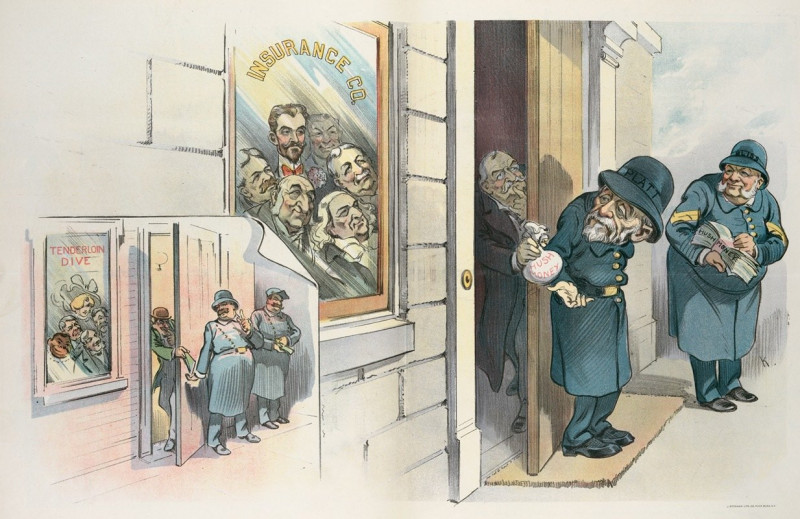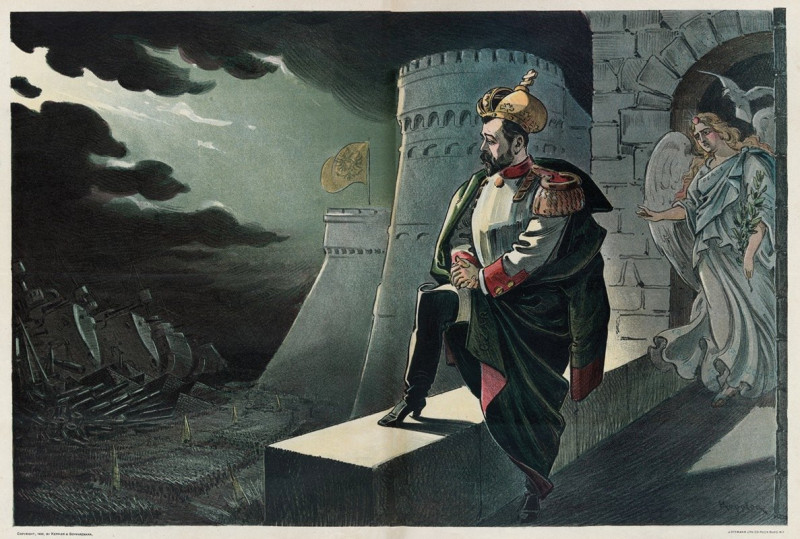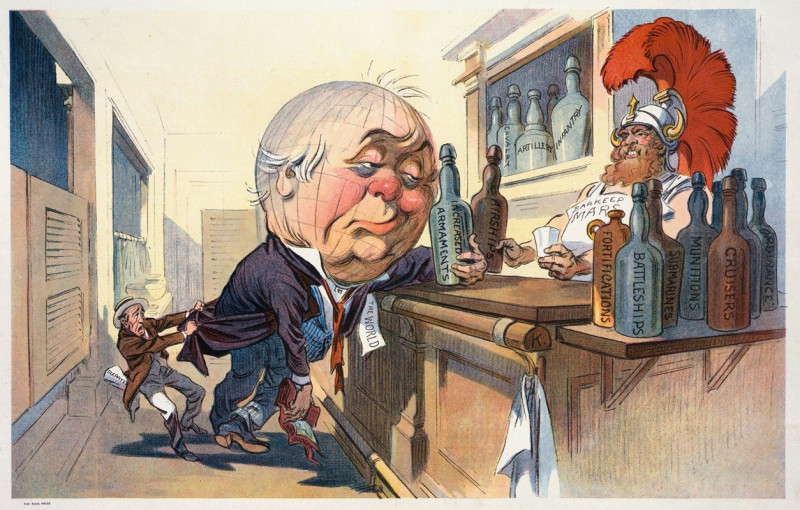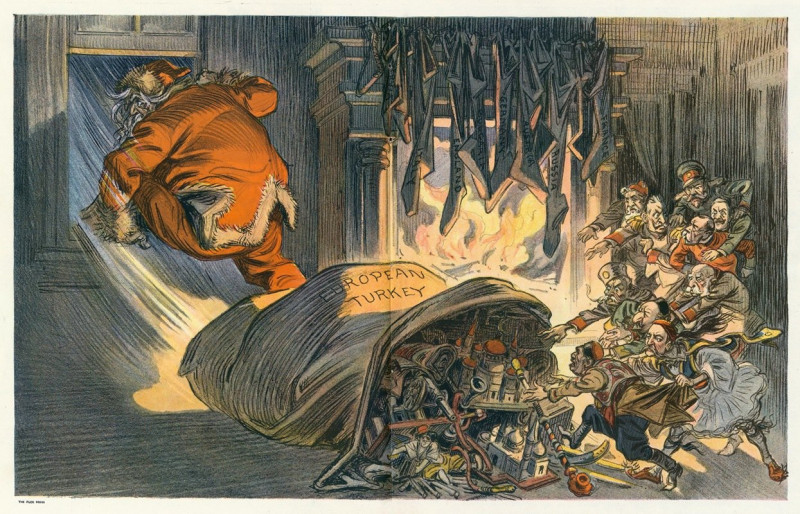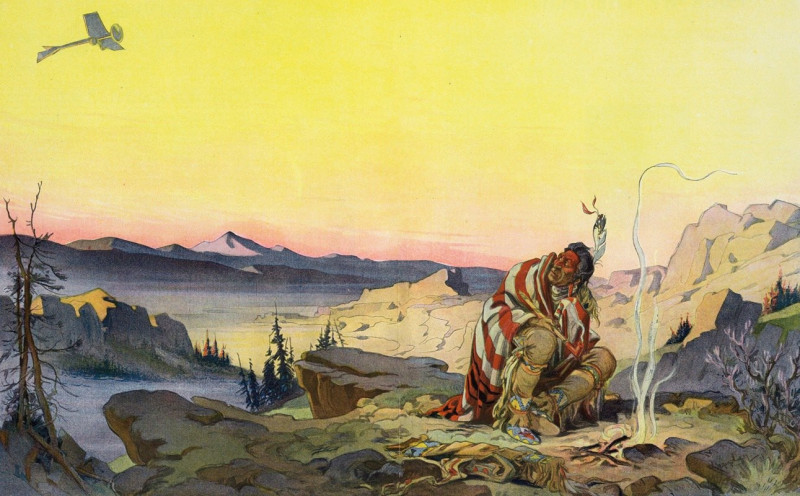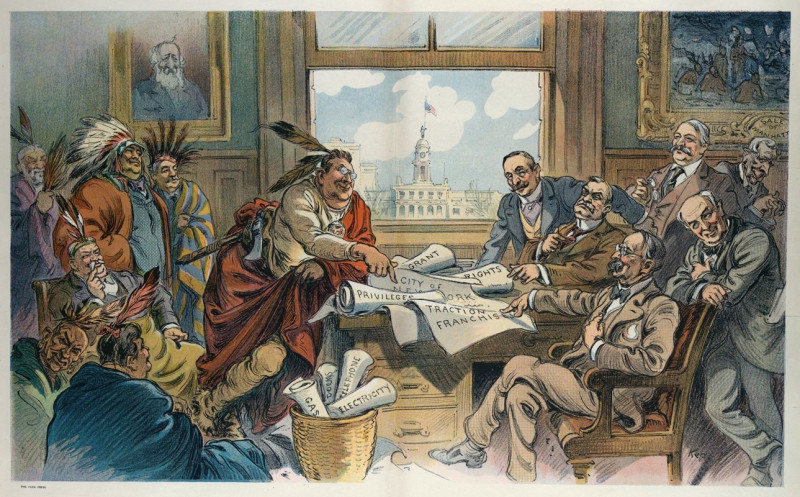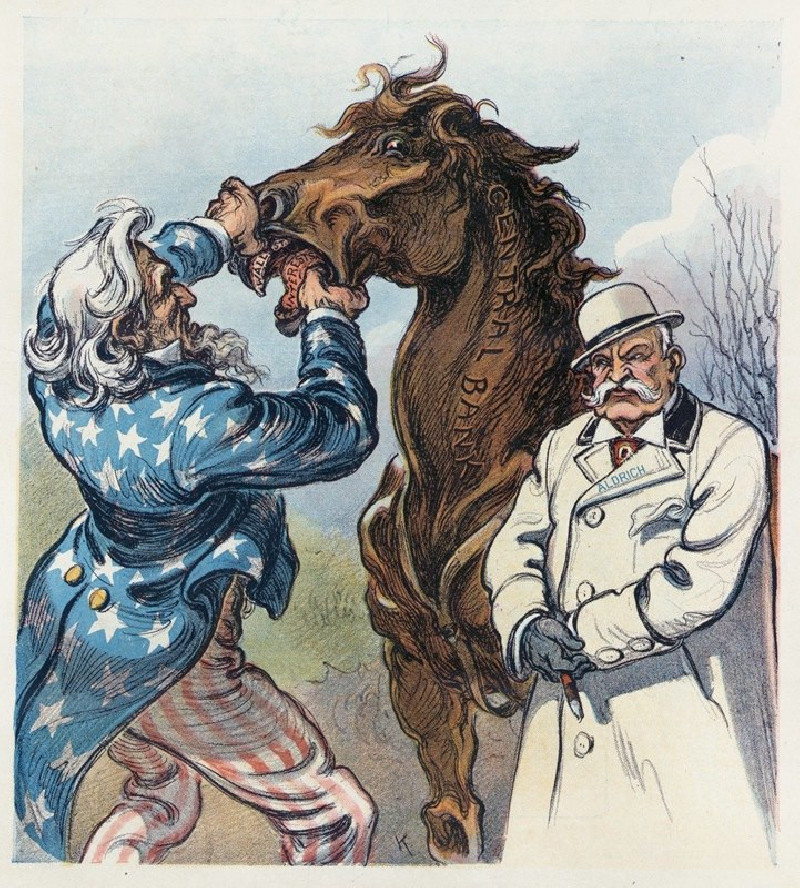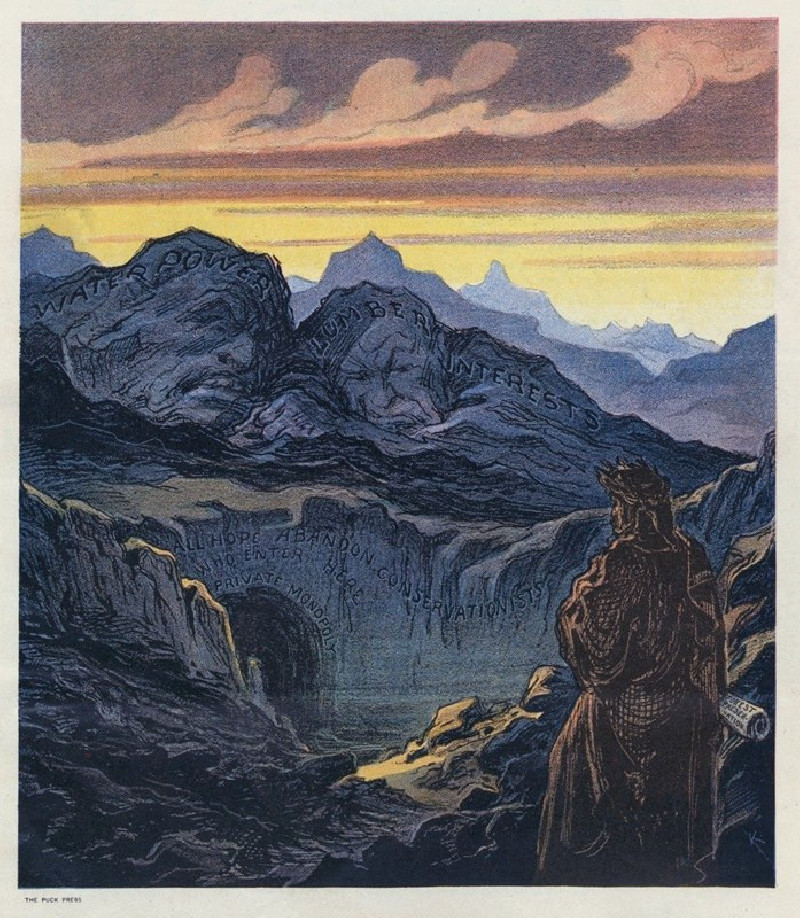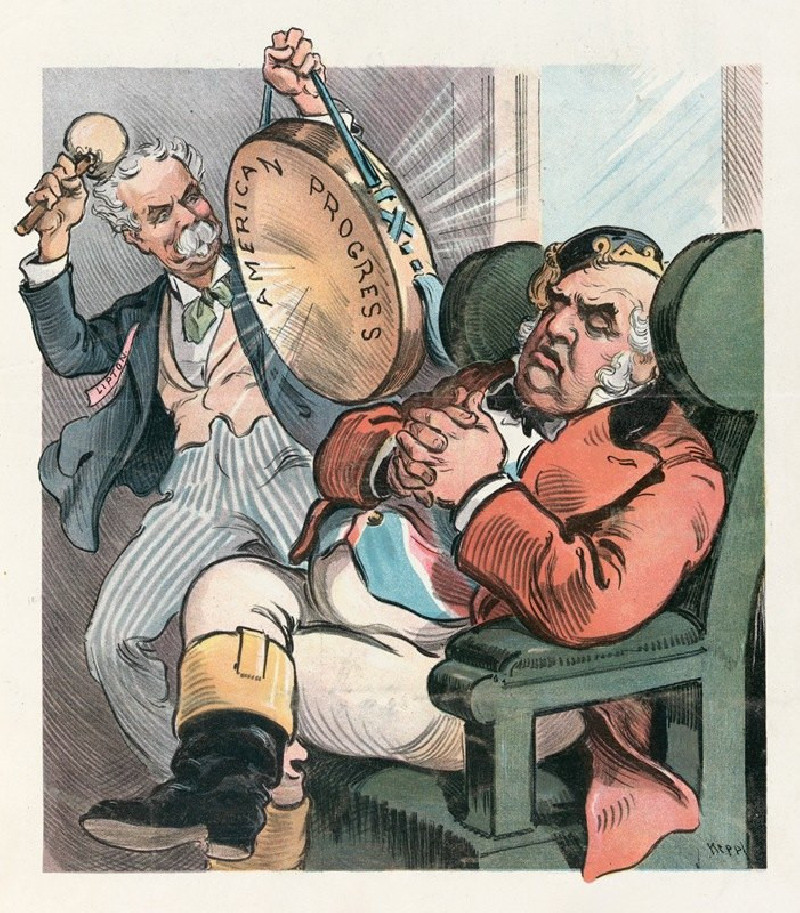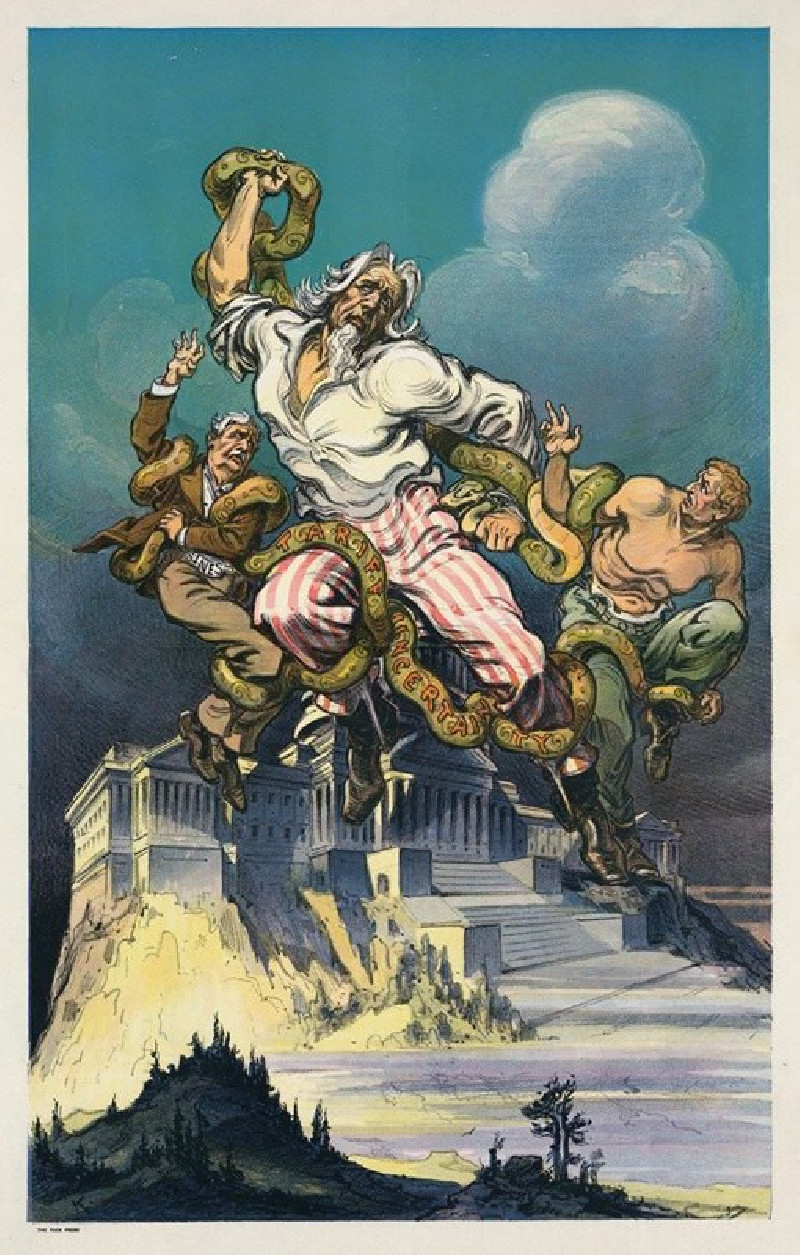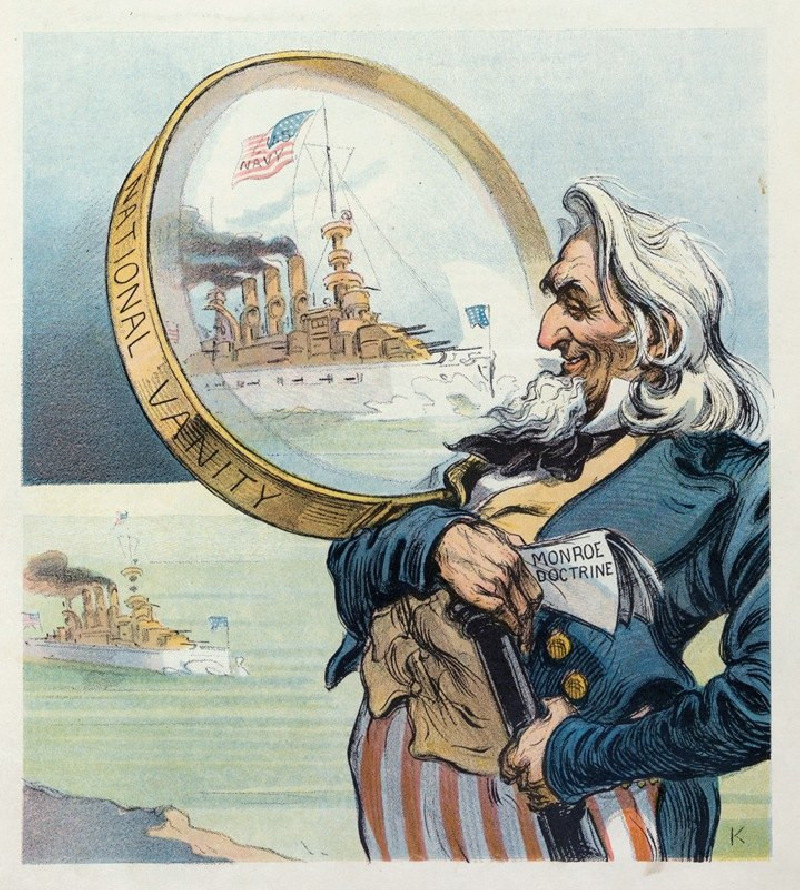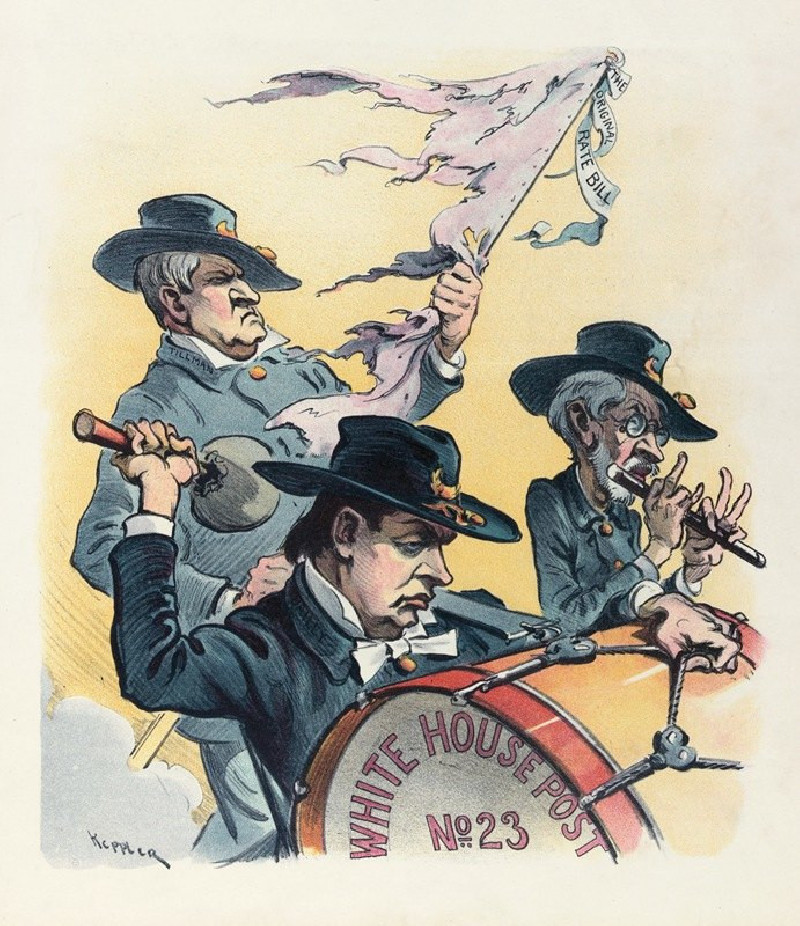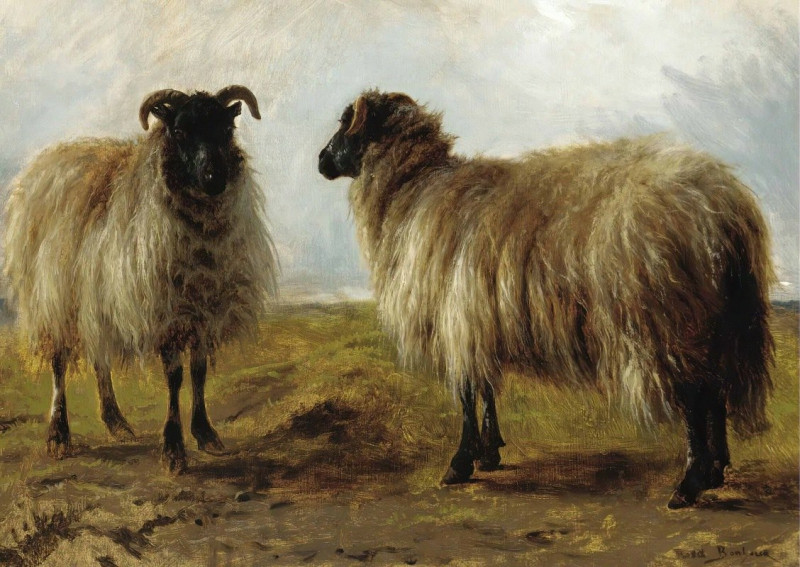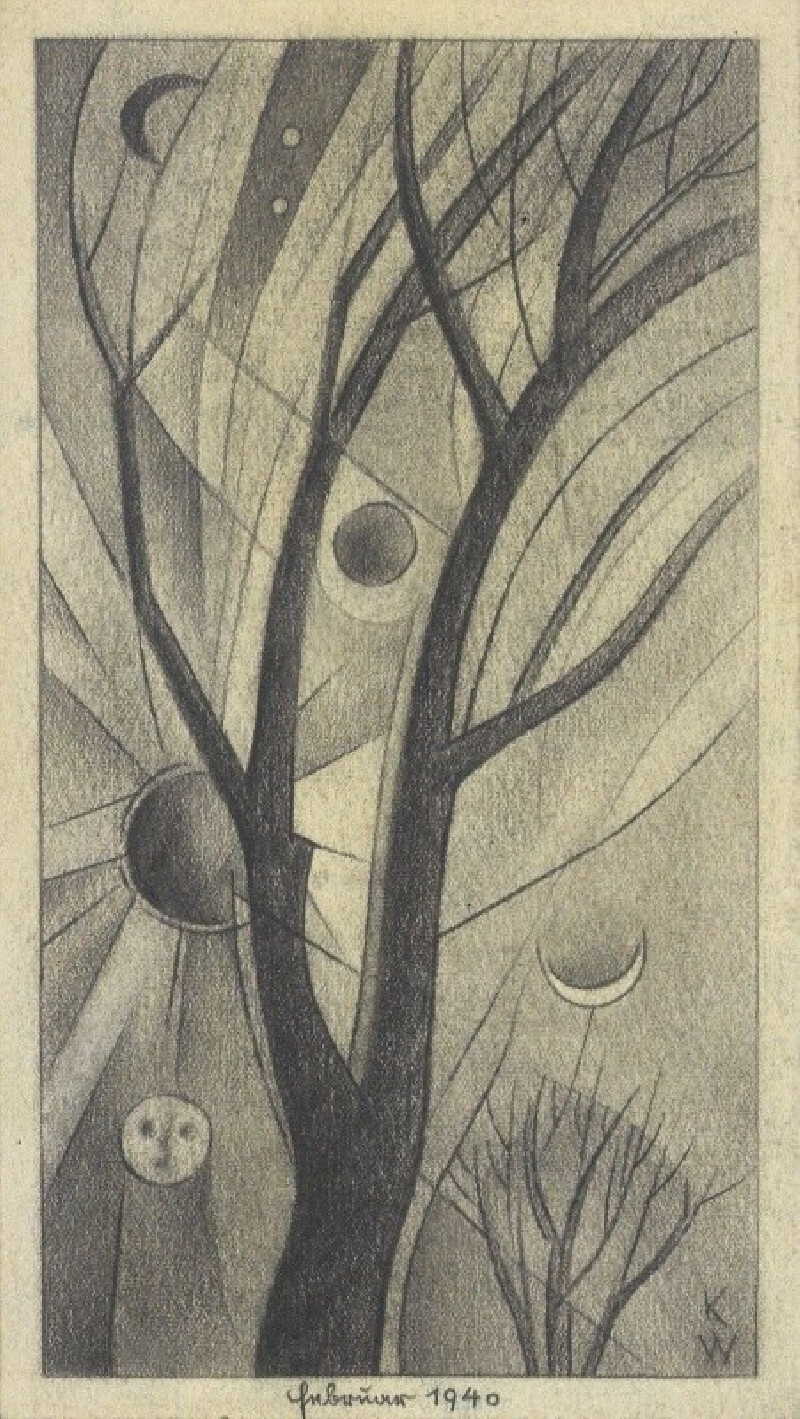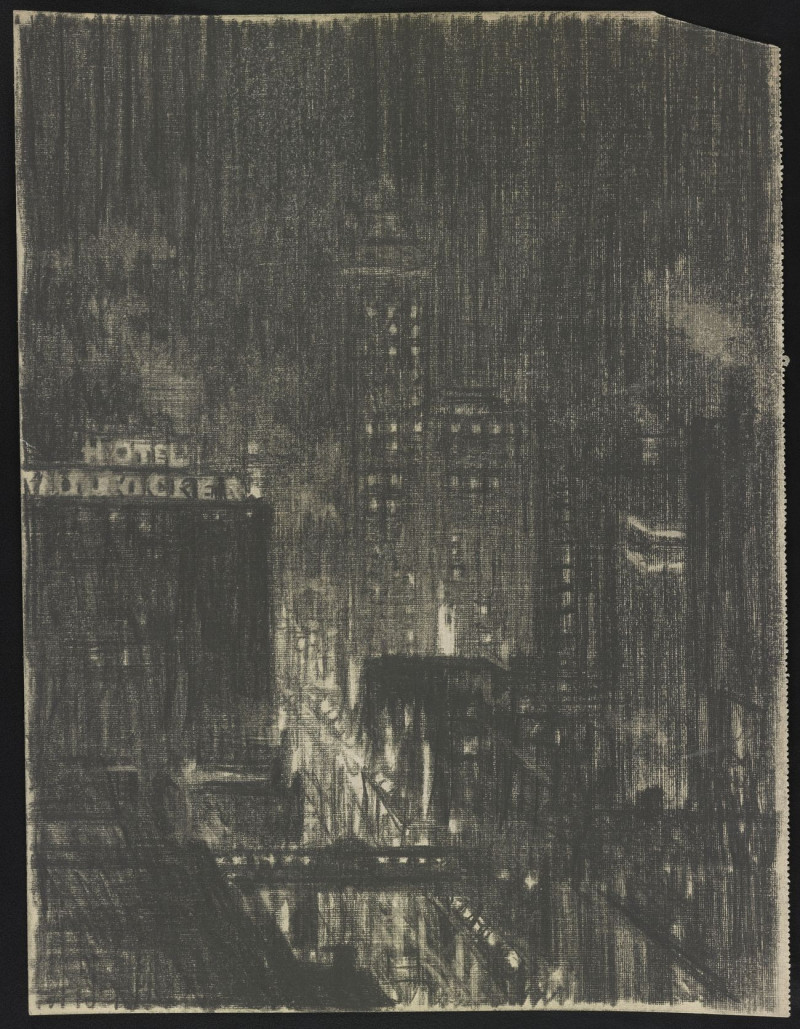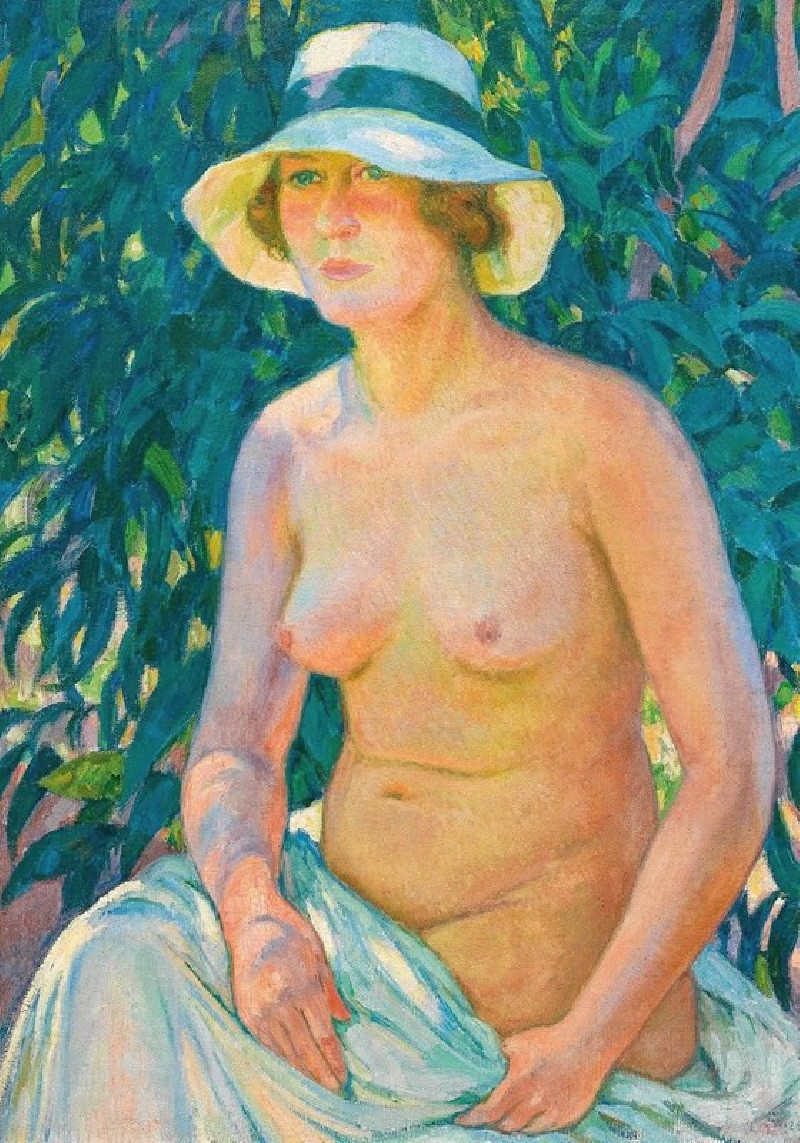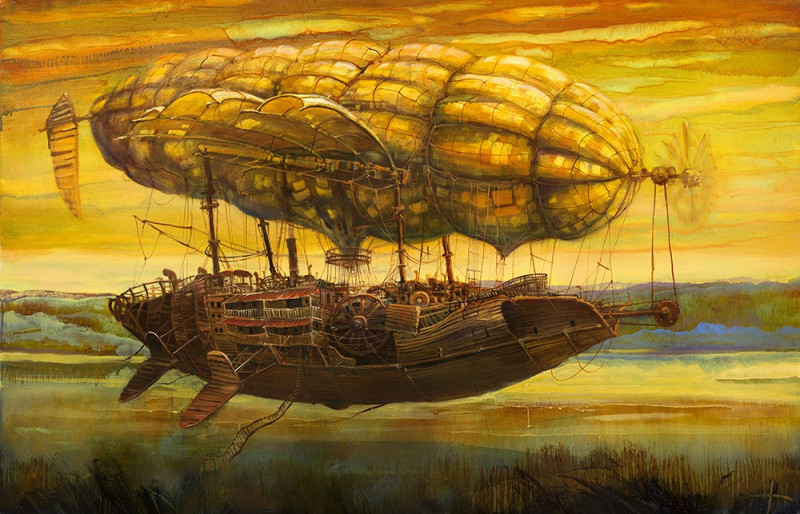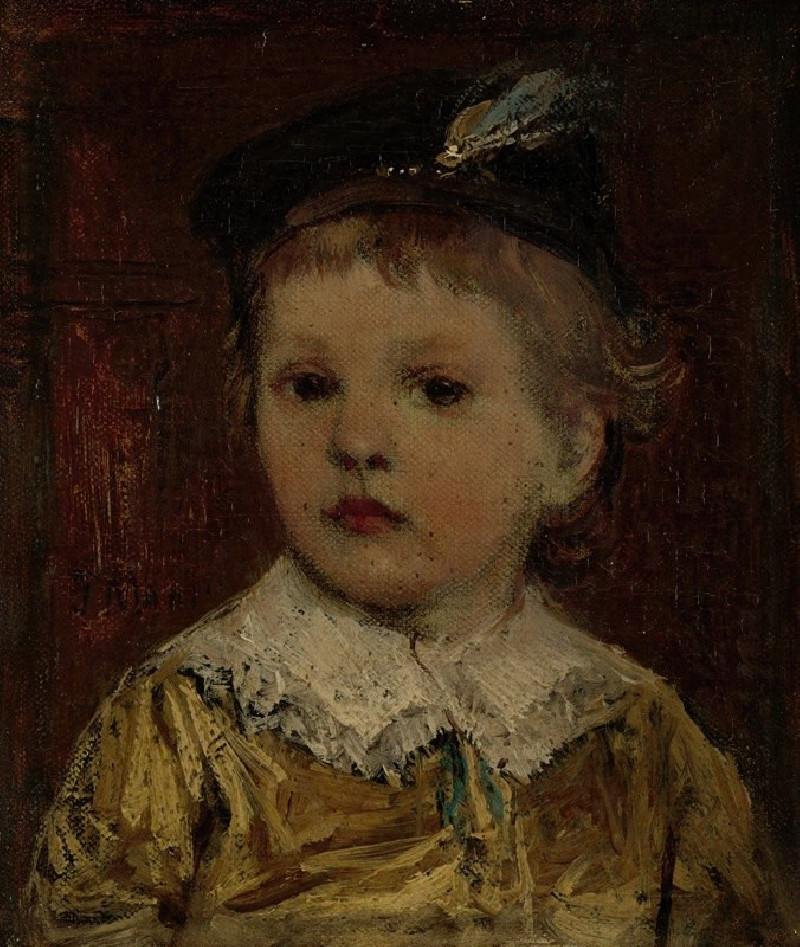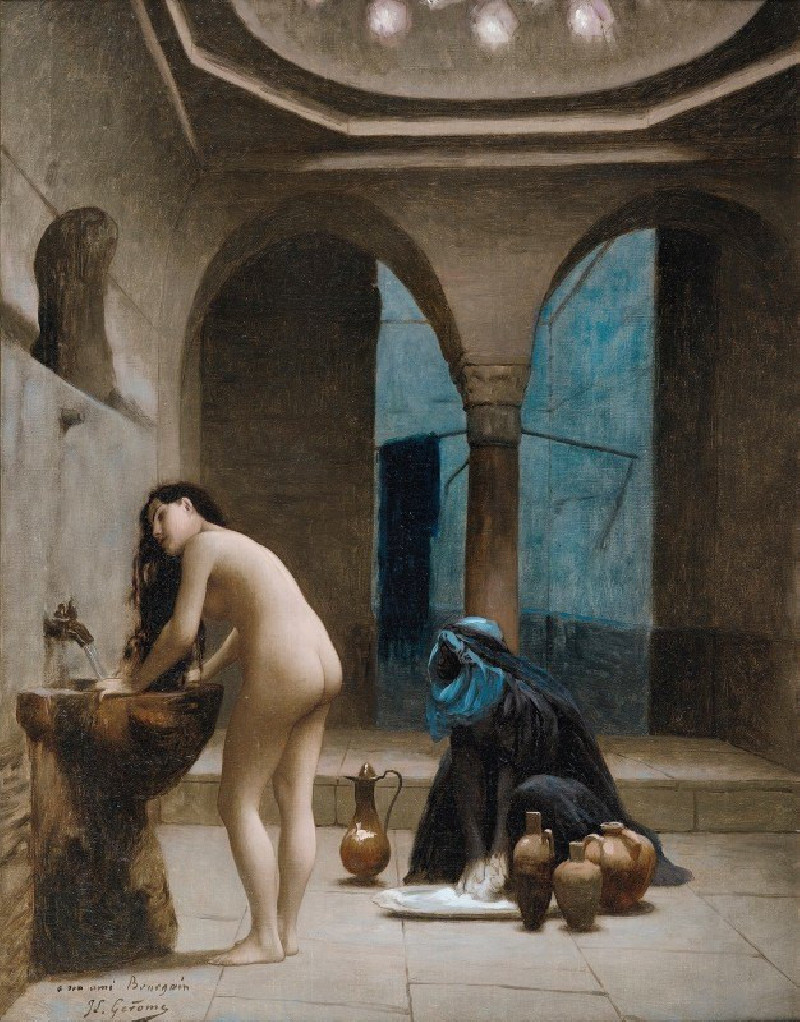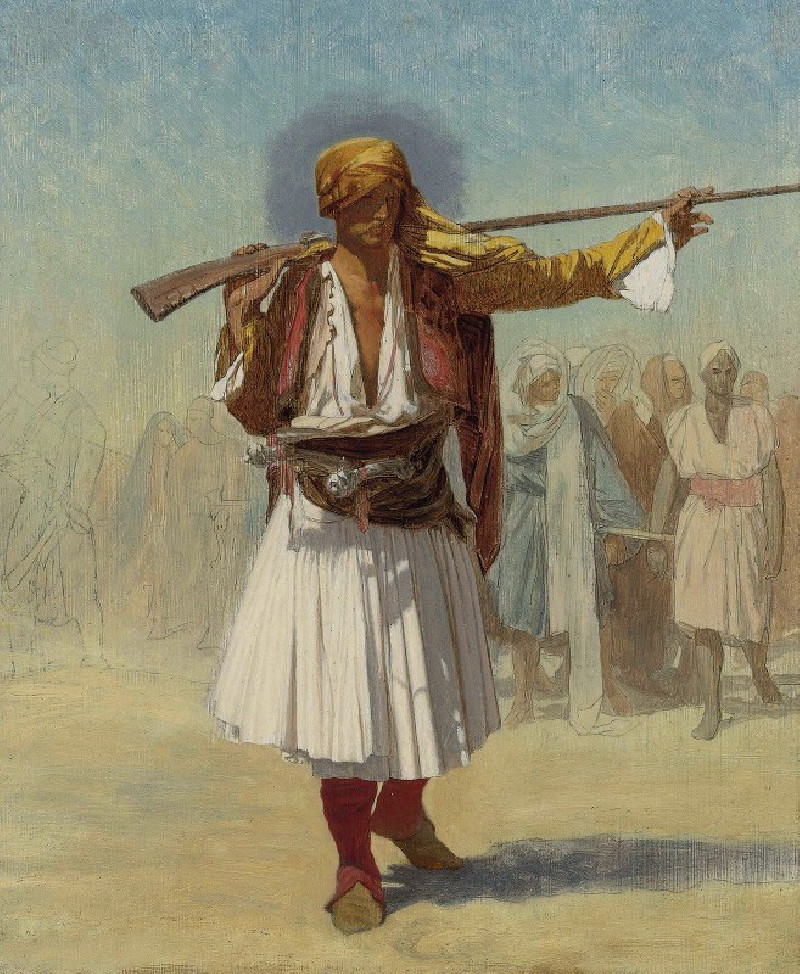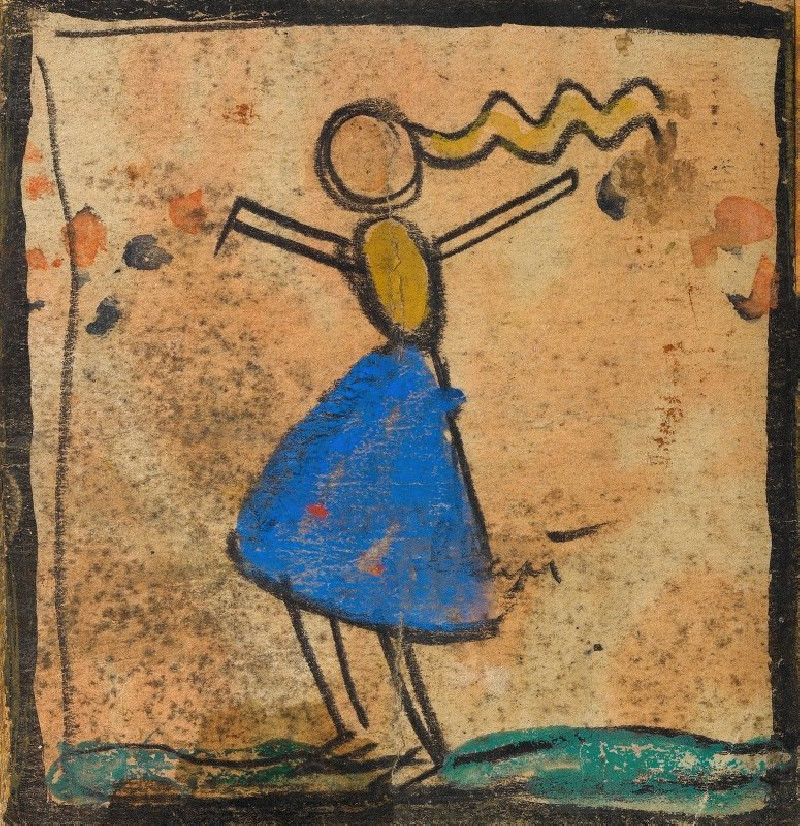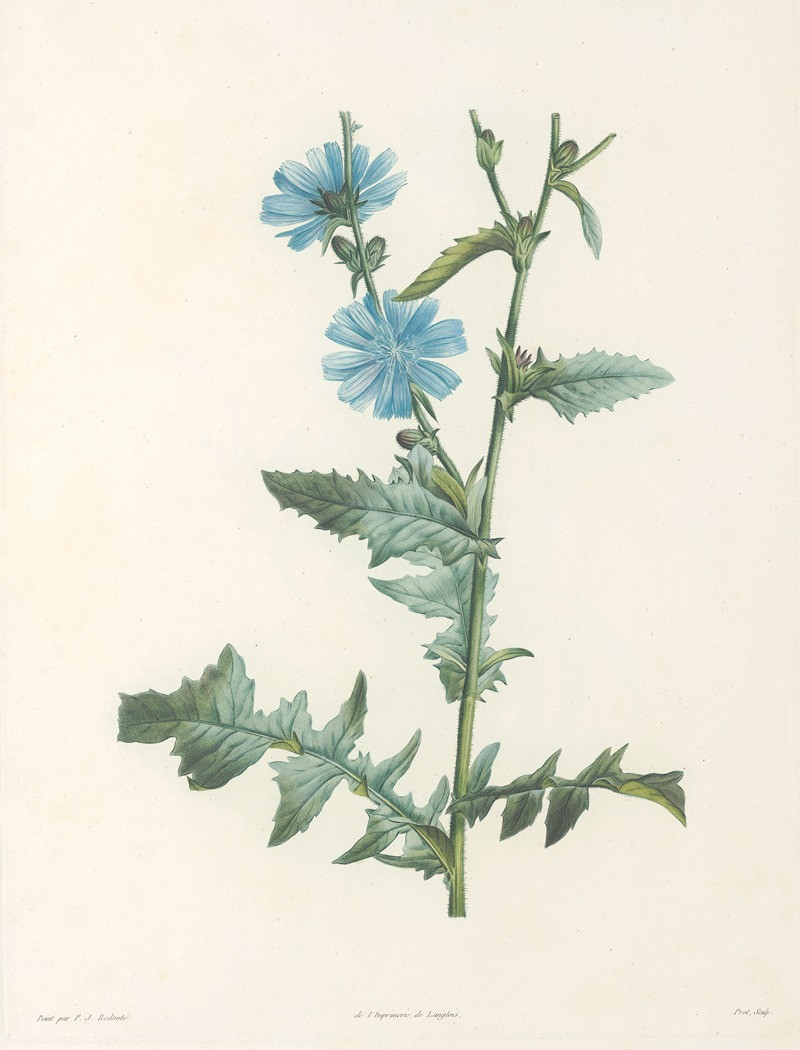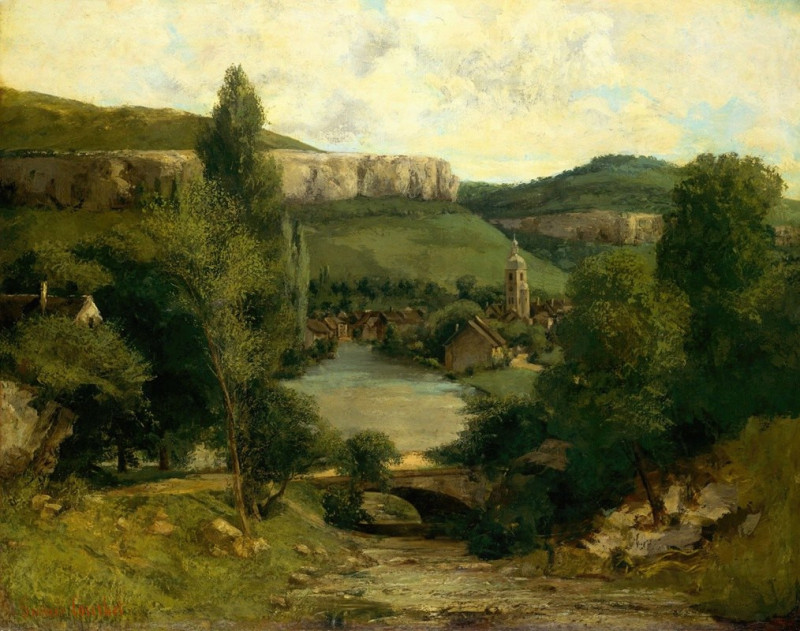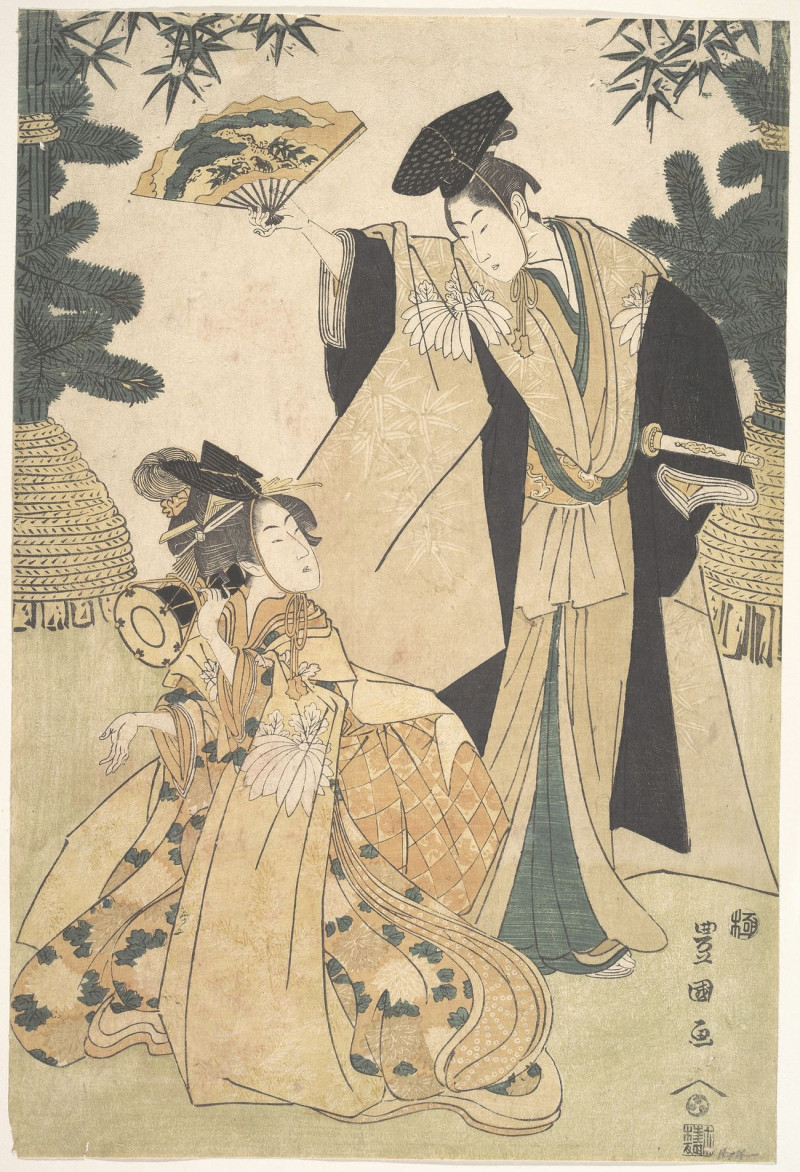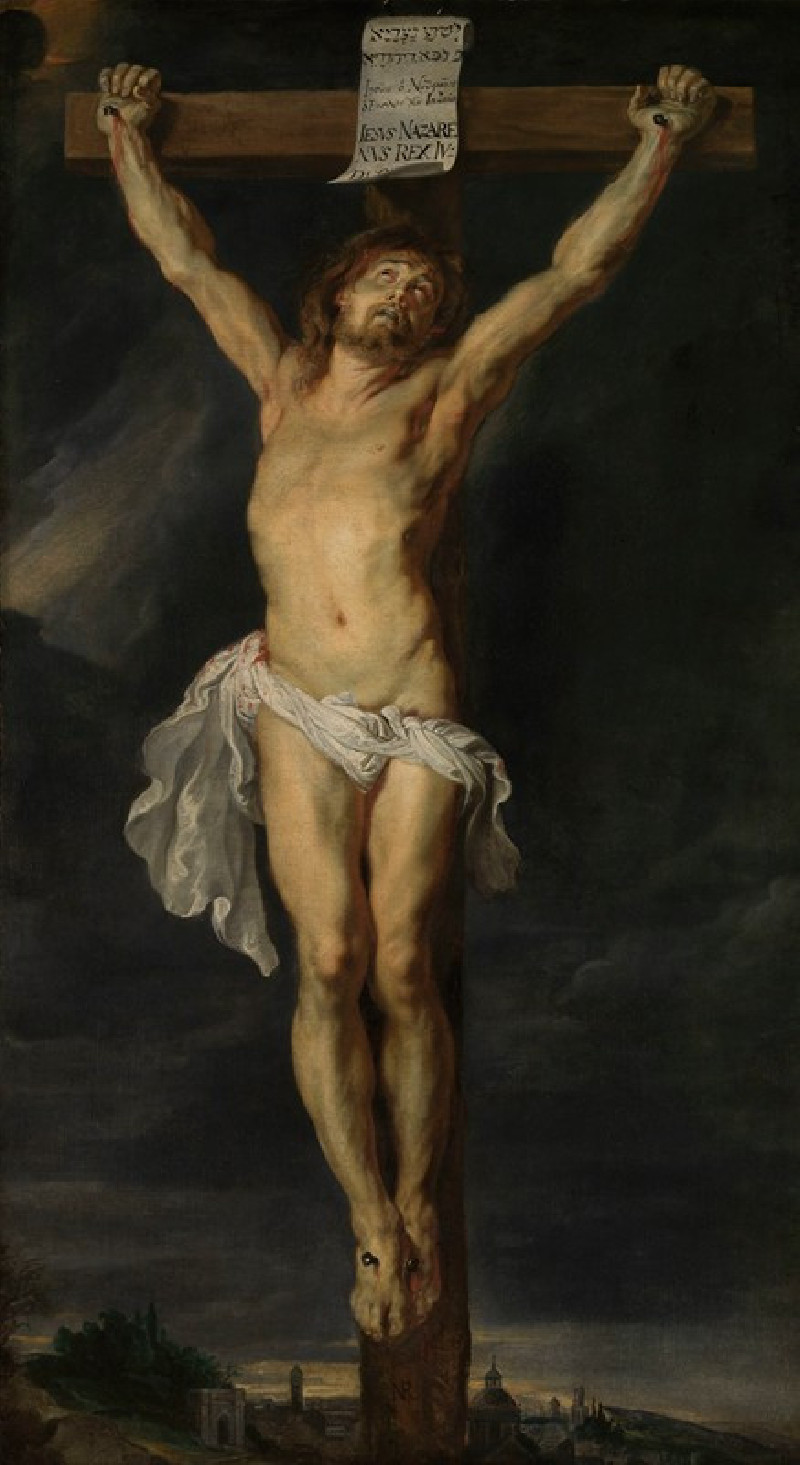A Christmas reminder (1901)
Technique: Giclée quality print
Recommended by our customers
More about this artwork
Udo Keppler's enigmatic 1901 painting titled "A Christmas Reminder" combines symbolism and political commentary into a captivating visual tableau. This thought-provoking piece situates itself at the intriguing intersection of holiday warmth and sobering reflection.The scene is set in a richly detailed interior, where an elderly bearded man sits comfortably by a fireplace, perusing a paper marked with bold plans and designs. His expressions, both pensive and detached, hint at a deep engagement with his thoughts, perhaps about the implications of the documents he reviews. Aside from this central figure, a cherub-like child reaches out to him, symbolizing innocence and perhaps the future generations that will live with the outcomes of the decisions made by those like the man at the desk.Entering the room, we see two older figures, worn and somber, who bring with them a chilling gust depicted by the flowing cold air and snow entering the warm room. Their aged faces and tired gesturing towards the outside scene possibly represent the ghosts of past actions and the biting reminder of their consequences.On the walls, artworks depict more layers of symbolism. One painting portrays a figure caring tenderly for someone wounded—suggesting a commentary on compassion and care, which contrasts sharply with the formal, perhaps callous planning shown on the table. Above the mantelpiece, the image of fighting fires near a building that resembles the U.S. Capitol hints at political strife and turmoil."A Christmas Reminder" serves as a powerful reflection on policy, governance, and the moral responsibilities held by those in power.
Delivery
Returns
Udo J. Keppler, since 1894. known as Joseph Keppler, Jr., was an American political cartoonist, publisher, and Native American advocate. The son of cartoonist Joseph Keppler (1838–1894), who founded Puck magazine, the younger Keppler also contributed to cartoons, and after his father's death became co-owner of the magazine under the name Joseph Keppler. He was also a collector of Native American artifacts.

